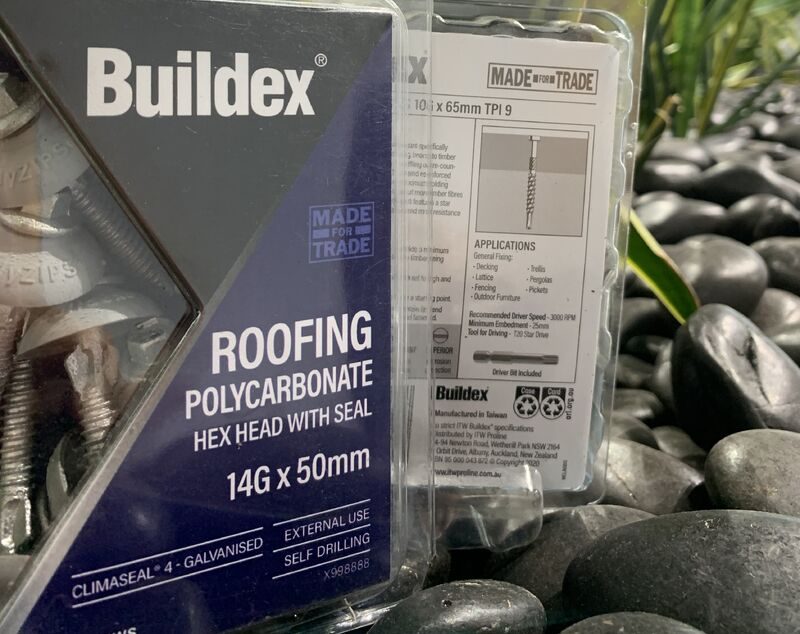Sustainable packaging is packaging that is environmentally responsible. Consumers expect any new packaging to have a lower environmental impact than old packaging. The brand owner is responsible to review all existing packaging and identify ways to improve it.
The ten principles of sustainable packaging
It can be difficult to achieve the lowest possible environmental impact. This can be due to commercial and functional challenges. However, if you work through these ten principles, you may find a way to lessen your impact.
Here are the ten areas where you can improve your sustainability position:
- Recoverability – be aware of available systems for reuse, recycling etc
- Efficiency – minimise weight and volume of materials
- Reduce product waste – during processing and consumer dispensing
- Eliminate hazardous materials – use non-toxic substances in manufacture and print
- Use recycled materials – these use less energy and water to manufacture
- Use renewable materials – made from a continually replenished living source
- Minimise litter – minimise separable components that are discarded irresponsibly
- Design for transport efficiency – optimise pallet utilisation
- Design for accessibility – make it easy for consumers to open and follow instructions for use
- Provide consumer information – label clearly to allow for correct disposal
Australia’s 2025 National Packaging Targets
The 2025 targets were developed by government and industry. The targets are in line with global sustainable packaging initiatives. The Australian Packaging Covenant Organisation, APCO is responsible for developing a circular economy for packaging in Australia. A circular economy means reusing or recycling packaging so that it is kept out of landfill. APCO helps business and government work together towards achieving the 2025 National Packaging Targets.

Image source: apco.org.au
Recycling leads the way forward for sustainable packaging
A whopping 72% of Aussie shoppers say home recyclability is extremely or very important to them! True fact.
According to a National shopper poll conducted by FMCG Experts, PLAY Innovation:
“When buying packaged goods from retailers, the most important elements relating to the material used is recyclable at home (72% saying extremely/very important) and environmentally friendly (64%). Biodegradable, made from recycled materials and reusable were also important to around half of consumers.”
So, to make a real impact, use recyclable materials in the packaging. Even if not all the packaging is recyclable, most consumers know how to recycle. This means that most of the time, consumers will dispose your product packaging appropriately. Unfortunately, consumers do not understand other forms of recovery, such as compostable, as well as recycling.
Indicate appropriate disposal or environmental claims in the form of a graphic, statement or symbol on your packaging. However, adhere to labelling guidelines i.e. you cannot make false claims. Greenwashing and false environmental claims are being harshly judged today. There is no law, yet, to say you must use any “official” symbols. However, packaging in the market has included unclear, incorrect and inconsistent recycling claims. So, there has been a general move toward adopting the Australasian Recycling Label (ARL) Program.
The Australasian Recycling Label (ARL) Program
The ARL Program is an on-pack labelling scheme. Firstly, it helps consumers recycle their household packaging correctly. Secondly, it educates them on how to dispose of every separable component of the packaging.

Image source: apco.org.au/the-australasian-recycling-label
The program is currently only available for members of APCO. So, these symbols are not free. Membership fees depend on annual turnover in Australia and start at just over $500pa. Applicants need to complete a packaging evaluation through PREP. PREP is an online verification tool that considers material recoverability as well as collection service availability. You must do this for permission to use the appropriate label. This way, you can label packaging correctly and consistently.
Furthermore, APCO has been approved as an accredited national product stewardship scheme by the Federal Government. So, the government will now encourage brand owners to join APCO and take responsibility for the environmental impacts of their packaging. APCO members can now use the Australian Government official product stewardship logo.
Although it is still voluntary, we recommend adopting of the ARL program as it gives consumers confidence in your product. It also shows your brand’s commitment to sustainable packaging.




